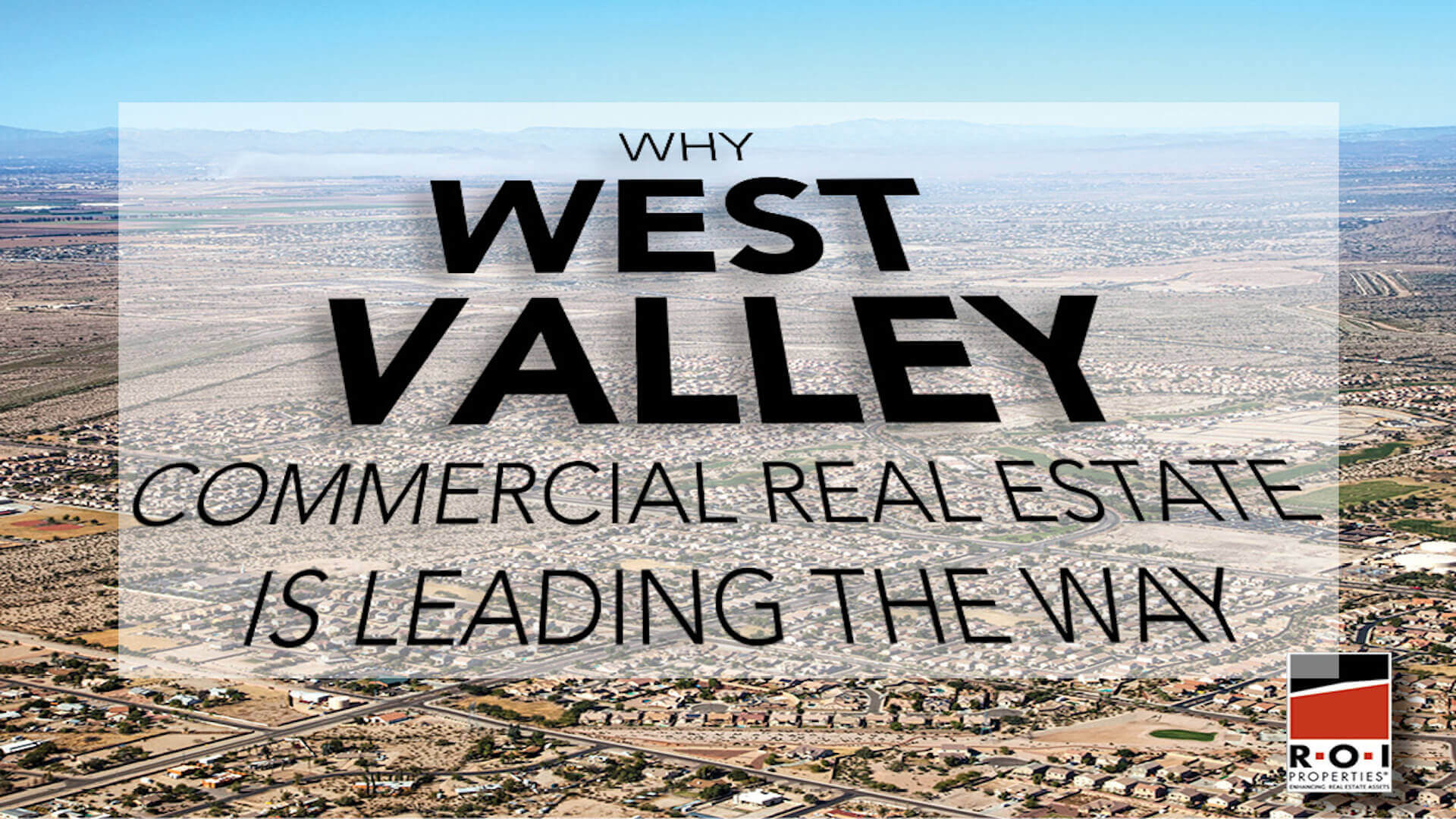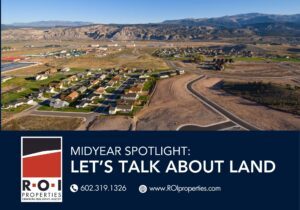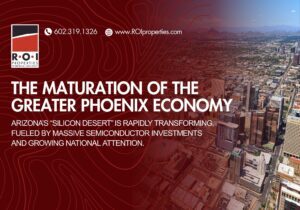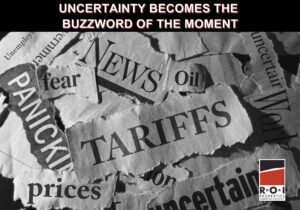Despite the recovering economy, commercial real estate investor-buyers are not acquiring properties at normal levels—primarily because values have not yet reached a distressed state. Pending a correction in the market, the wait-and-see posture we noted earlier this summer remains in place. The exception, as we wrote about more recently, is the industrial sector becoming the favored investor asset class. Nowhere is that more visible than in the West Valley, which is leading the way in industrial real estate.
CoStar recently projected that the Greater Phoenix metro area could set a record in 2021 for industrial construction. Nearly 12 million square feet of industrial space is under development, which puts Phoenix in the top 10 in the nation. That number could climb to nearly 15 million square feet in 2021—with West Valley commercial real estate being among the prime beneficiaries.
The West Valley Commercial Real Estate Advantage
West Valley towns such as Glendale, Goodyear, Buckeye, Avondale, and Surprise have a number of built-in advantages when it comes to the commercial real estate sector:
- Transit infrastructure and supply chain factors: These cities offer the Valley’s easiest access to California, Mexico, and international ports, thanks to proximity to major freeways, making this area a natural for distribution centers and other logistics companies.
- Cost savings: Companies can save an estimated 30% or more compared to being located in Southern California, according to a recent Valley Partnership expert panel.
- Data center demand: Low-cost land, lack of natural disasters, and tax incentives are the keys here. With California’s recent issues with blackouts and brownouts, the reliability of Phoenix’s power supply is another major plus.
- Supportive city leadership: While Greater Phoenix has a business-friendly climate, plus more affordable housing and lower income taxes than California, the West Valley is actively courting strategic acquisitions and development.
- Robust workforce: As the various types of industrial assets continue to grow, there will be plenty of employees to support them. Population growth continues to surge in the West Valley, with about 42% of all new Greater Phoenix homes having been built there this year, compared to 24% in the East Valley.
Some of the area’s recent transactions have included Mack Real Estate Group’s $59 million purchase of the Hub at Goodyear, a 794,000-square-foot speculative industrial development focused on distribution, manufacturing and e-commerce. Merit Partners, one of the companies developing the PV|303 business park in Goodyear, just announced plans for Camelback 303, a $1.5 billion global logistics park with up to 10 million square feet of Class A industrial distribution and manufacturing space. This past week, Stream Data Centers announced the commissioning of their Phoenix I facility, a 418,000 square foot hyperscale data center in Goodyear—the first of five buildings planned on their 157-acre campus.
Going forward, a number of factors could make relocations to Phoenix and the West Valley even more attractive. In particular, the potential for a dramatic increase in commercial property taxes in the Golden State—pending the results of Proposition 15 in their November election—could easily accelerate the relocation trend.
R.O.I. Properties has teams of brokers that specialize in buying, selling and leasing commercial real estate in the West Valley and throughout Greater Phoenix. To put an expert advocate on your side, contact us at [email protected] or 602-319-1326.










